Have you ever wondered what lies beyond the restricted compass of the earthy realms? Have you ever centered the spotlight of your quixotic minds on the ‘unknown’ and the ‘unseen’? Just as Pablo Picasso once stated, “If you can imagine it… it is real,” and just as you start thinking of the world beyond the archaic limits of this concrete world, everything that exists in your thoughts, can very well be real. Isamu Noguchi, an iconic American designer, was one of the select few who abstracted these extraterrestrial realities—which include invisible forces, underground constructions and their creators, spatial metaphors for the unknowable, and the inner reaches of the self—and gave them the shapes of exquisite sculptures. The Isamu Noguchi Foundation and Garden Museum, New York, is currently hosting the exhibition Noguchi Subscapes displaying dozens of sculptural installations by the legendary designer. The exhibition is accompanied by a creative cinematographic experience by Veronika Spierenburg.
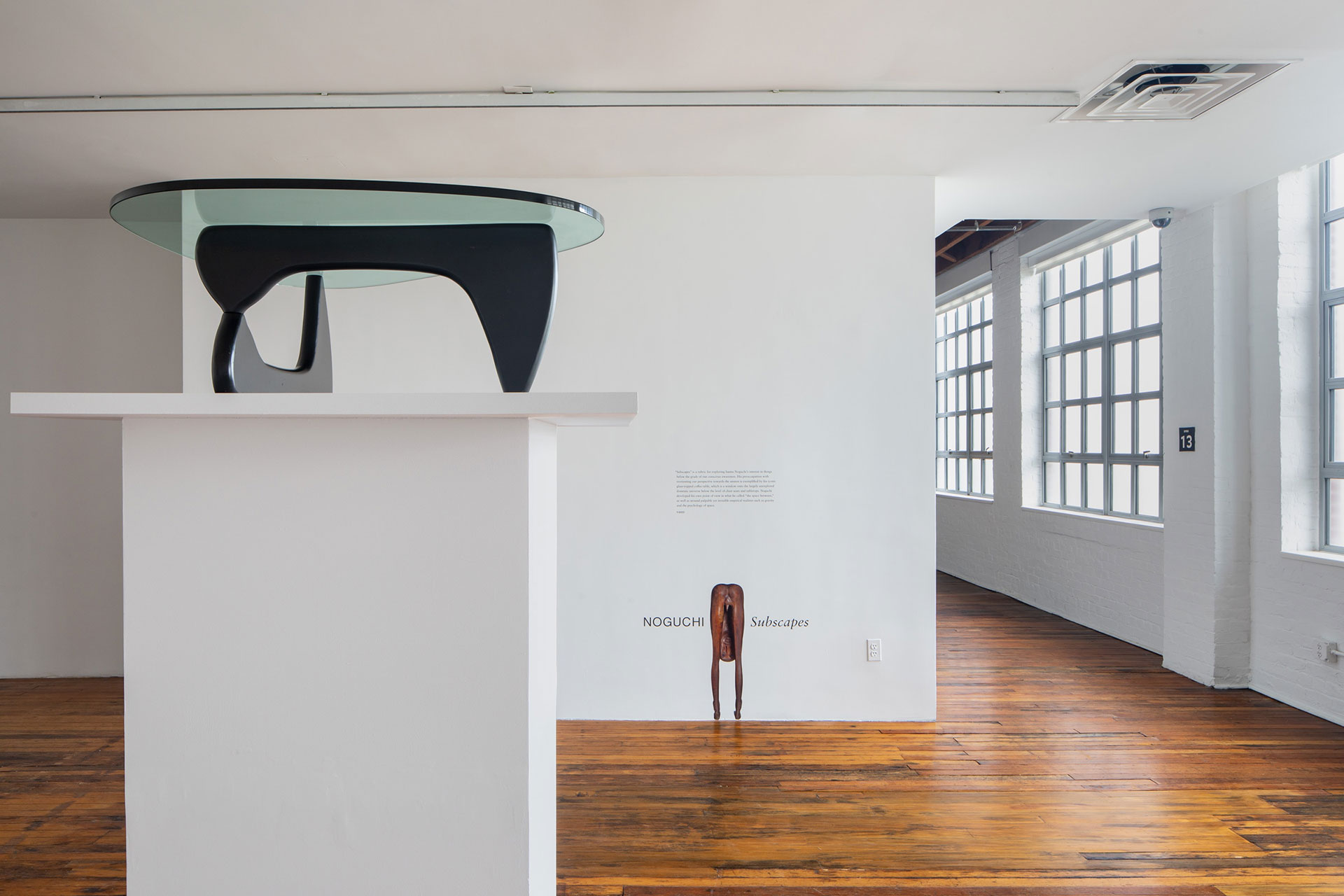
The engrossing exhibition features a collection of 40 different sculptures by Noguchi along with two video presentations by the cinematographic-artist Veronika Spierenburg. The exhibition commenced on 15th June 2022 and will be open for public viewing till 7th May 2023. Arranged in tandem with the upcoming special exhibition ‘In Praise of Caves: Organic Architecture Projects from Mexico’ by Carlos Lazo, Mathias Goeritz, Juan O'Gorman, and Javier Senosiain, will be on display at the museum from 19th October 2022, until 26th February 2023.
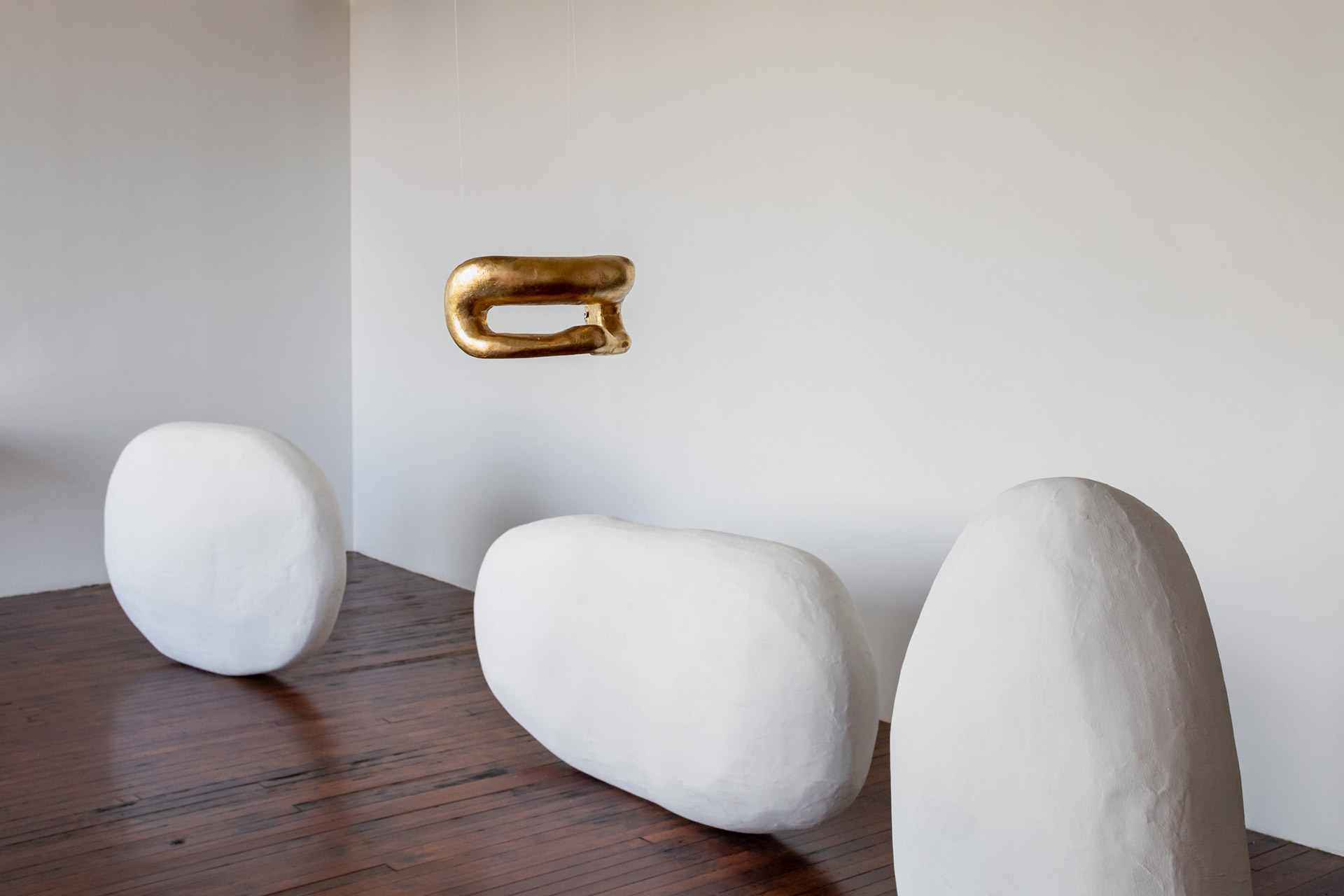
Designing the ‘subscape’ extraordinaire
The term 'subscape' was first coined in an essay by designer George Nelson in 1950 that confronted and commemorated the unconsidered zones below the level of the chair seat or the tabletop. It refers to each and every element of an expansive reality that hosts objects, scenarios, and fantastical narratives that are not exactly human-centric but exist illustriously. These subscapes are ascribed to everything ranging from the obscure underground caves to the mythical and near-imaginative worlds of the Merpeople—the mythological creatures with a human upper body and a piscine lower body.
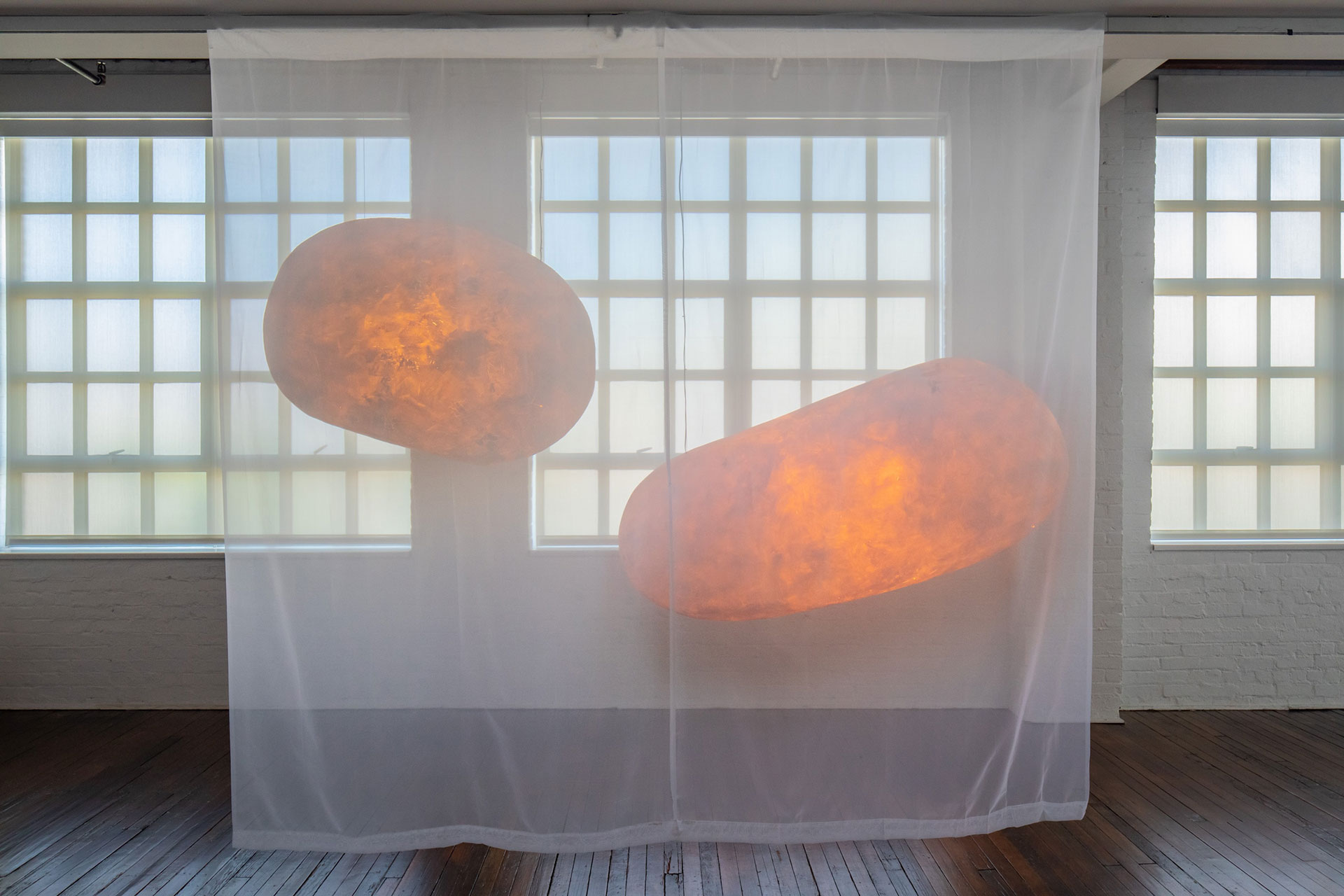
Through his years of practise as a designer, Noguchi translated concepts which are often considered idiosyncratic but exciting, including abstractions resonant with nature, organic ideologies, political art, and also the elements of the unknown. He righteously created a series of sculptures and furniture pieces over time that survey his inclination towards these realms, relating to each and every element that is fundamental to human existence but consciously rendered invisible because of their scale.
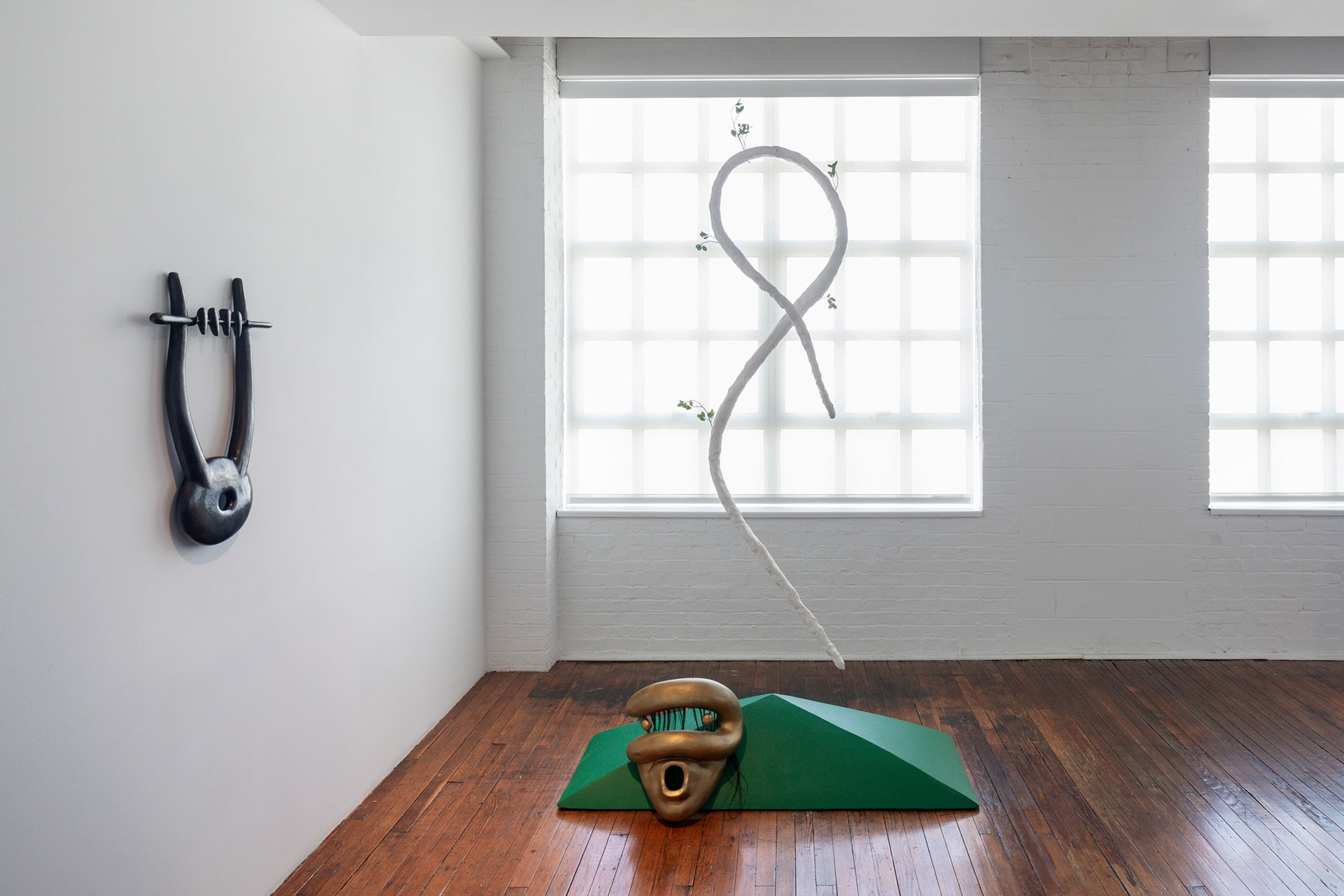
Introduction to the elements of the subscape
Noguchi’s preoccupation with reorienting the viewer’s perspective towards the under-acknowledged world begins with the display of a coffee table he created for Herman Miller in 1944. At first glance, it appears to be a simple table with a clear top and a visible skeletal structure, but once the context behind the table is elaborated in terms of the subscape, an unimaginable angle in the domestic universe is opened up. The unexplored zone beyond the clear table top and beneath the skeletal structure made Noguchi appreciate the beauty of the unknown and the unseen fundamentalists defining humanity even more. Ultimately, the floor as a metaphor for the earth is the basic base beyond all others. Gravity holds us there. The floor is our platform of humanity, as the Japanese well know. The floor in its entirety graces all who enter. “They partake in the experience of being sculpture,” expressed Noguchi in the museum’s catalogue on Infant (1970).
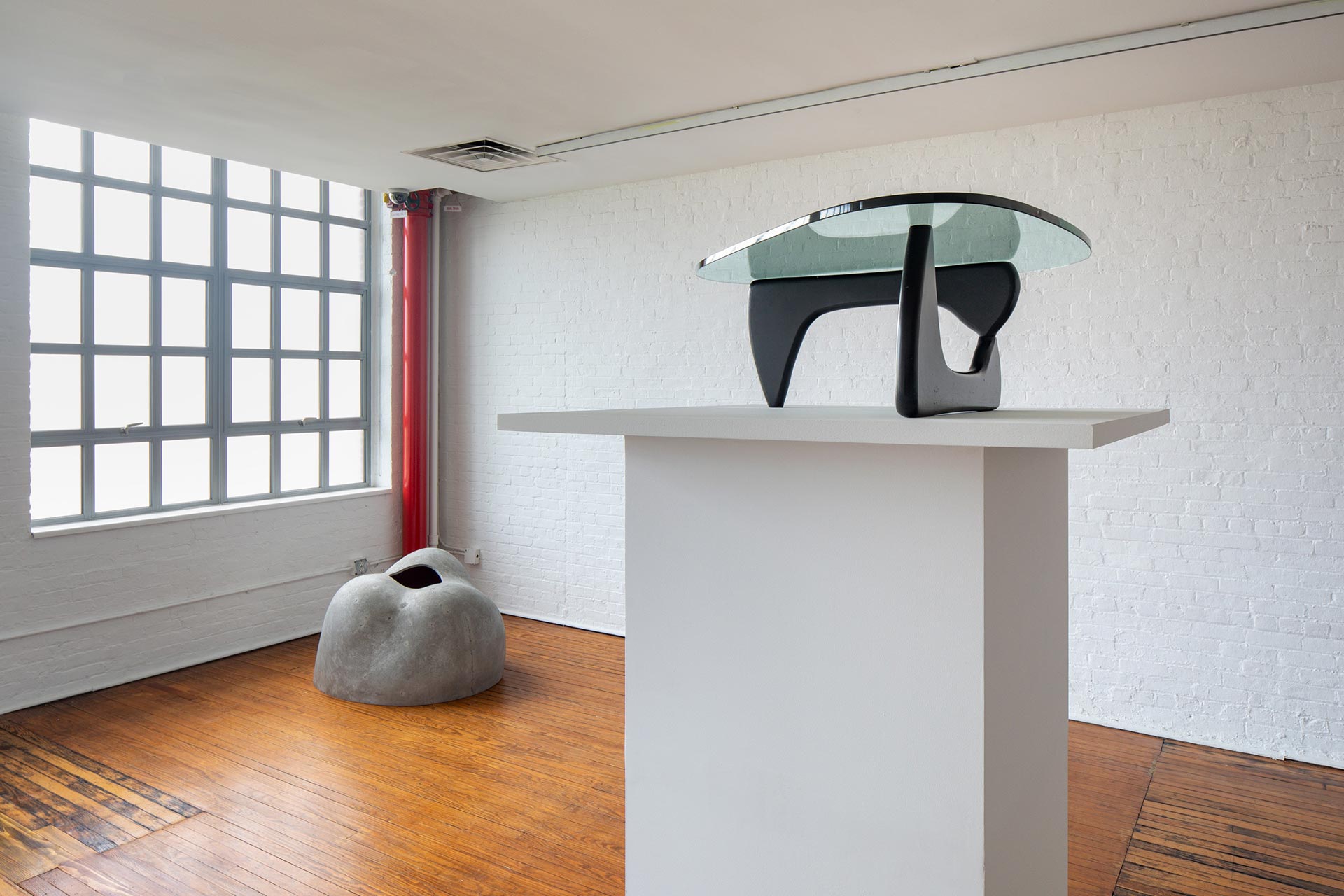
Alongside the table, another beloved sculptural piece by Noguchi that is emblematic of his ‘subscapes’ point of view is the ‘Boy looking through Legs’ (1933). The sculptural self-portrait of the boy aged nine or ten appears to be bent down, peeping from between the forest of his legs, surveying the world with bright blue eyes: backwards and upside-down. The sculpture isn't physically presented at the exhibition, but even the photographic evidence of it gives the viewers an alternate perspective, as offered by Noguchi’s mind to view the world differently.
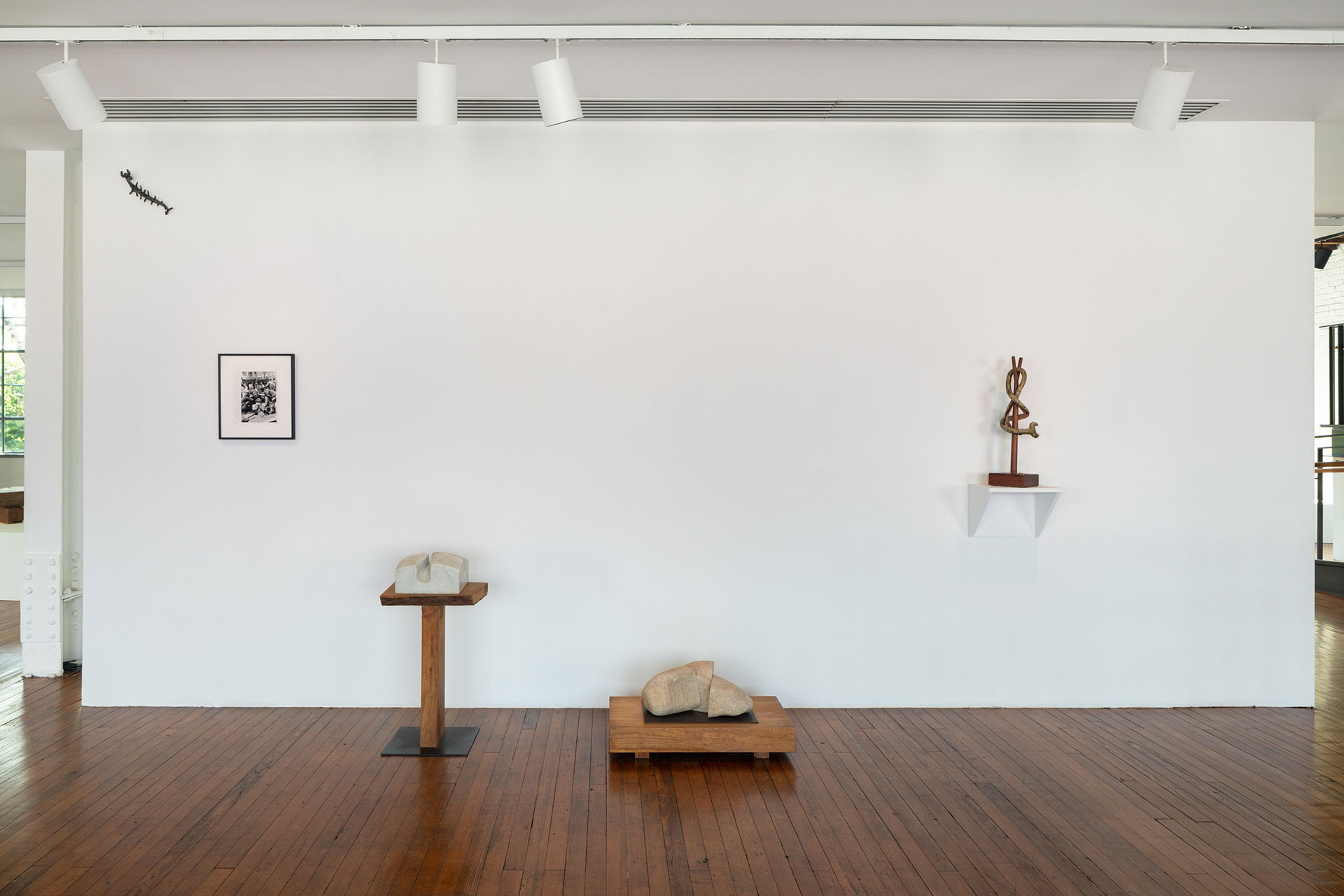
Elements from the set of the ‘Orpheus’
Moving ahead of the introductory display of Noguchi’s subscapes, the following zone of the museum platforms elements designed by Noguchi for George Balanchine and Igor Stravinsky’s 1948 ballet ‘Orpheus’– a mythical story that follows the Greek hero Orpheus who failed at recovering his wife Eurydice from Hades of the underworld. This was Noguchi’s chance to formulate objects mystically inspired by the literal world below the earthly realms.
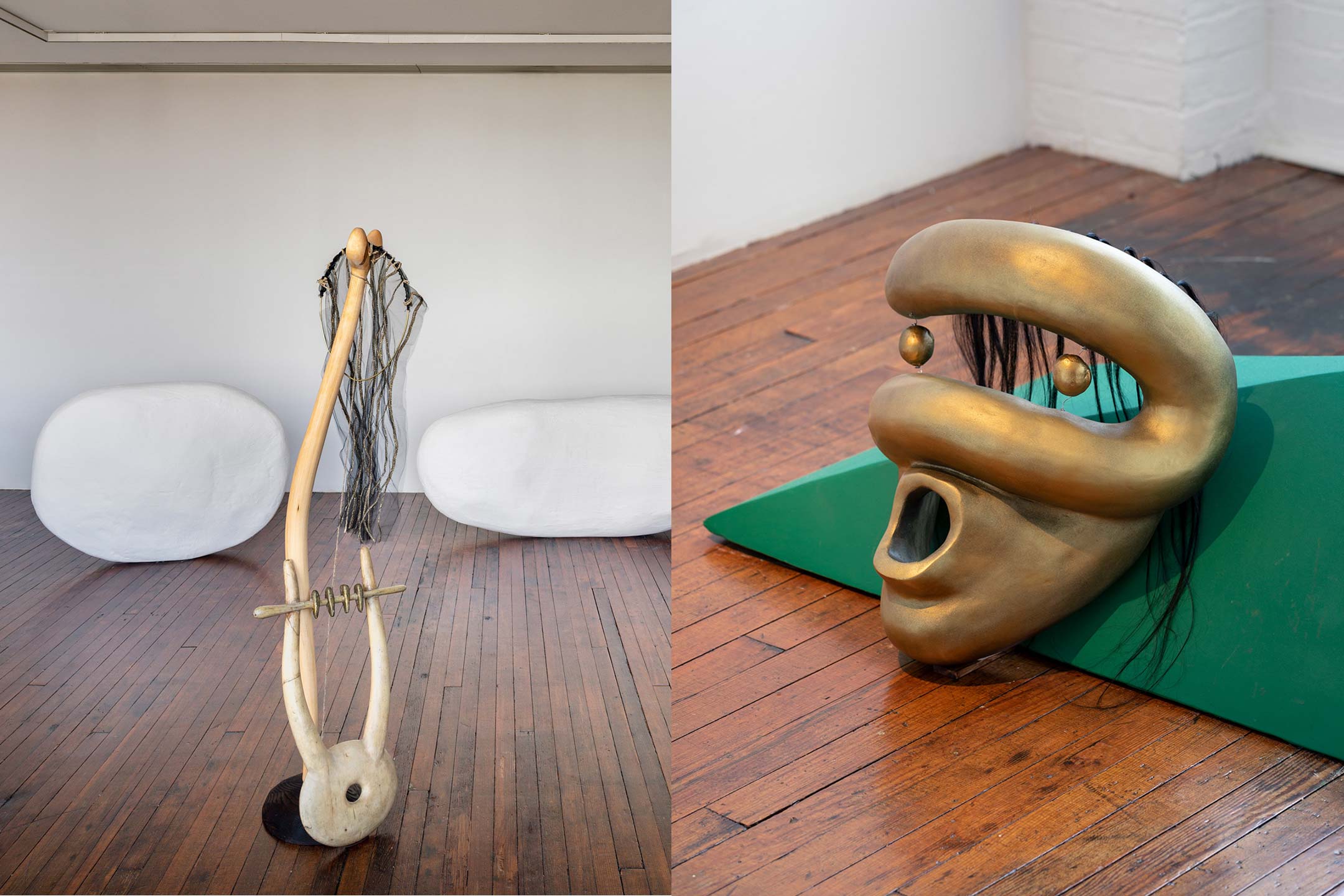
He was asked to reimagine and render his version of the universal myth by incorporating elements from below the earth’s surface while exploring the relationship between life and death. The end result was a phantasmagoric ensemble of angelic and mystical creature-inspired clothing, useful items used by the mythical folk, and a set design made up of underworld-inspired sculptures. All of these exhibits are presented as part of the exhibition along with the photographic evidence from the theatrical play.
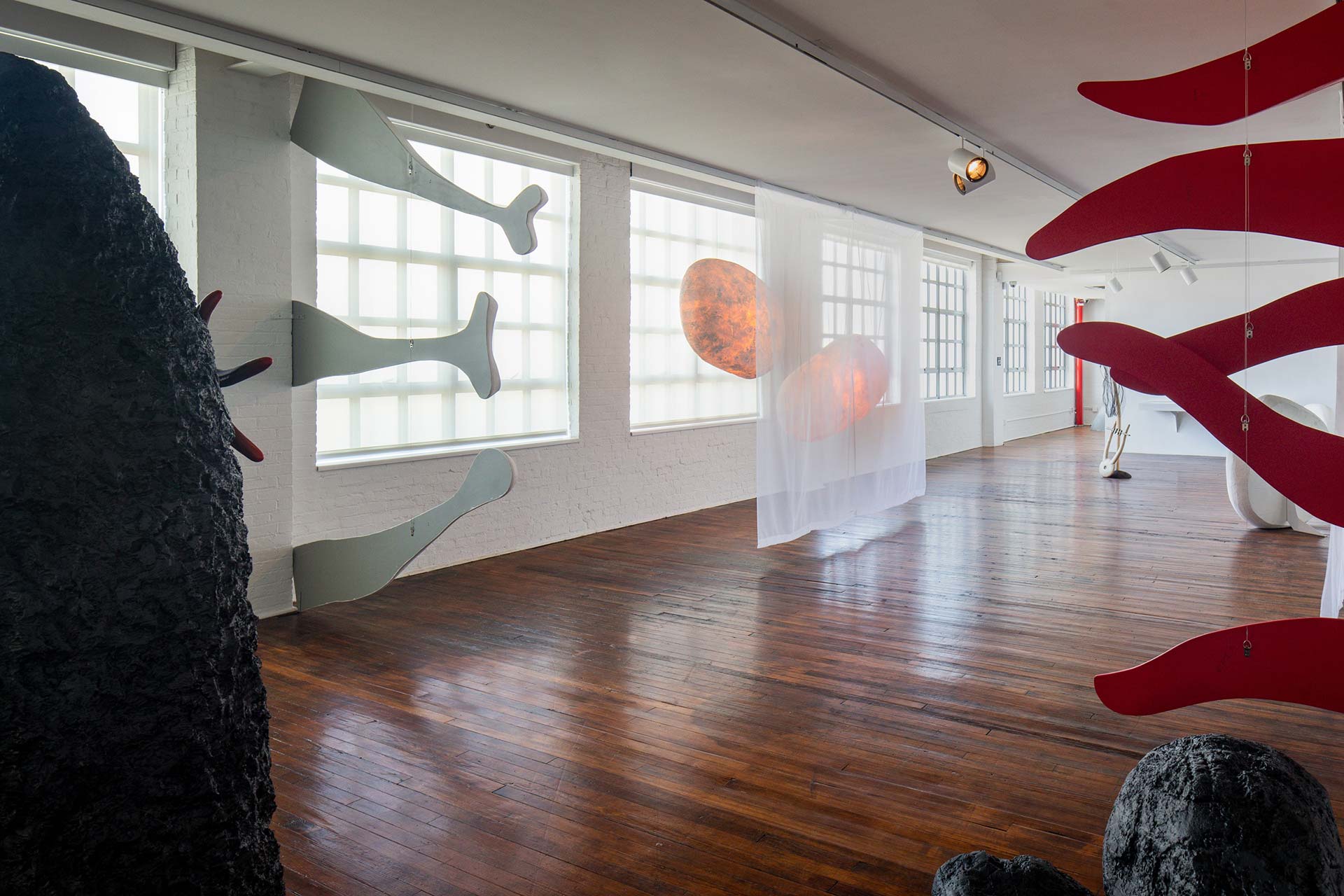
Some ‘unseen’ structures by Isamu Noguchi
Moving ahead in the exhibition space, the viewers come across sculptural elements designed by Noguchi in response to unusual questions such as “what does a mermaid’s grave look like?” or “where does the invertebrate civilization reside?” These questions are evidently unique and rarely transgressed by designers. However, the American designer’s interest in the unknown led him to create his personal adaptations of these other-worldly objects. Some of the artistic exhibits include the granite ‘Worm Pyramid’ (1965), the marble ‘Seed’ sculpture, and ‘The Mermaid’s grave’ among others.
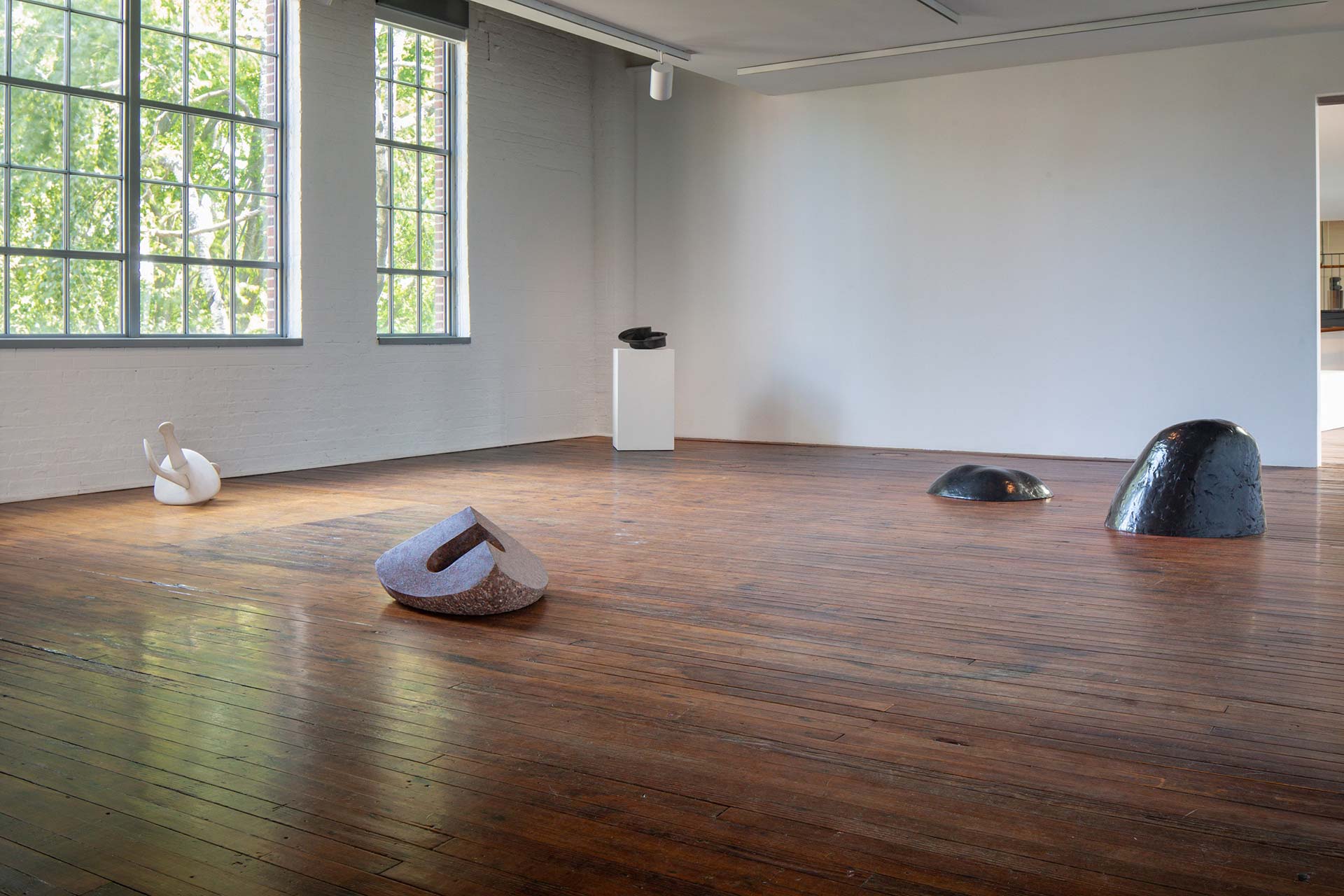
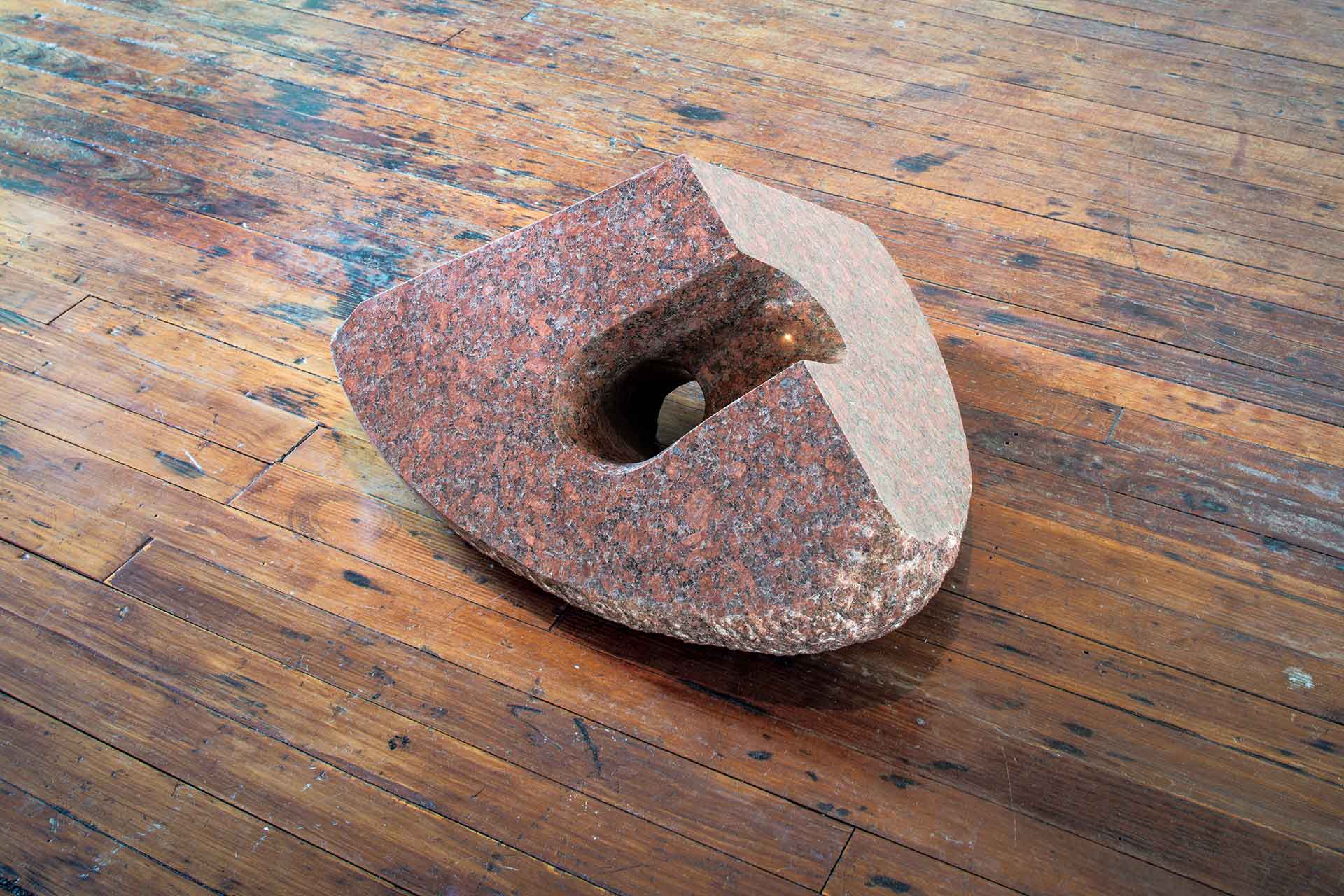
The Architects of the subscape
The next section displays Noguchi’s nonconformist sensitivity to the world’s in-between places with his extended interest in creatures and forces outside the scope of daily awareness or acknowledgement. These included the architects of facets of the world we don't often see such as snakes, worms, centipedes, and even merpeople, as well as the silent shapers of what we can see, such as tectonic shift, erosion, and gravity. Highlighting the section is Noguchi’s multi-sectioned ceramic work ‘Even the Centipede’ (1952), a monumental shrine to the centipedes that filled Noguchi’s earthen studio in Kita Kamakura, Japan. The piece has been obtained as a special loan from the Museum of Modern Art, New York.
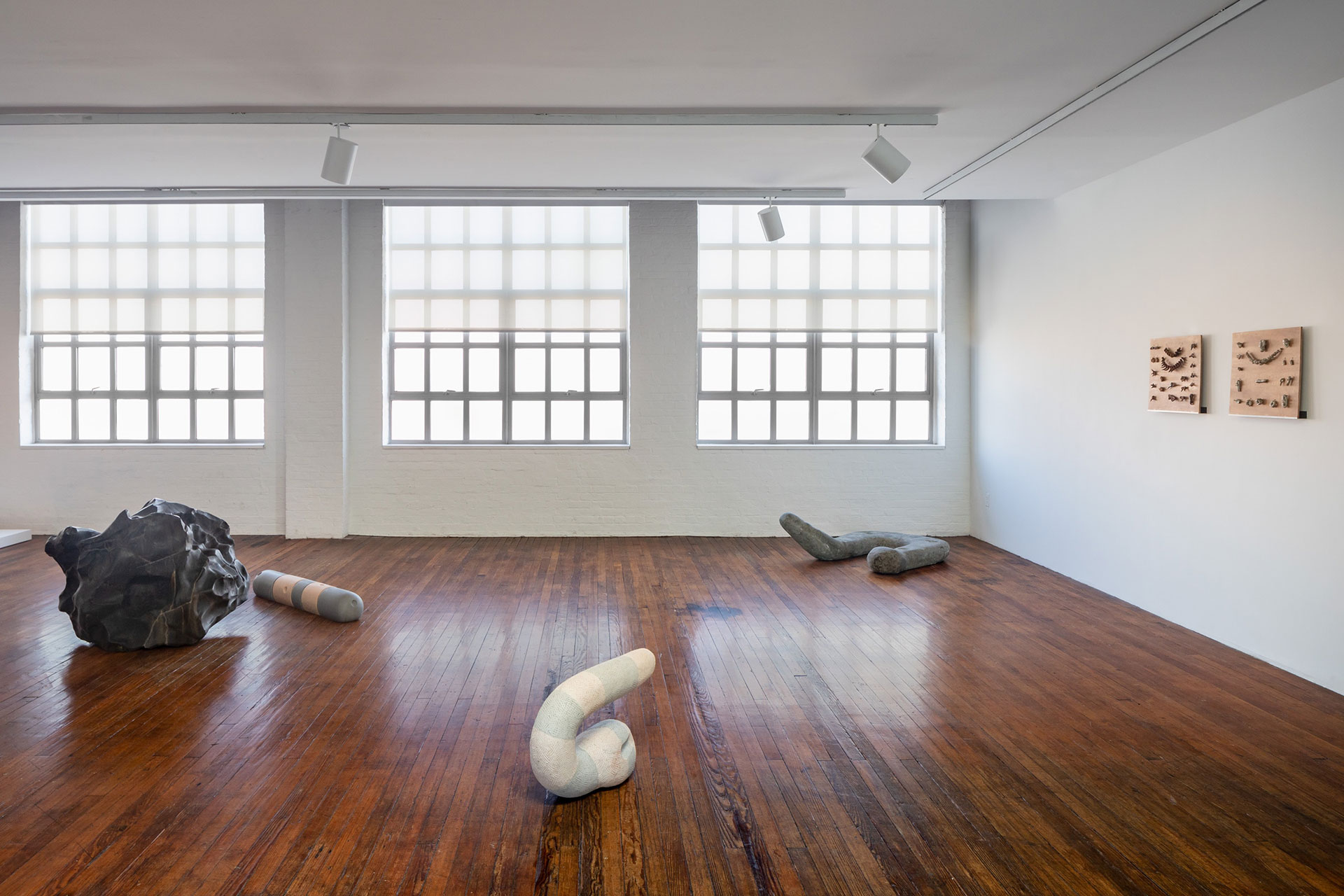
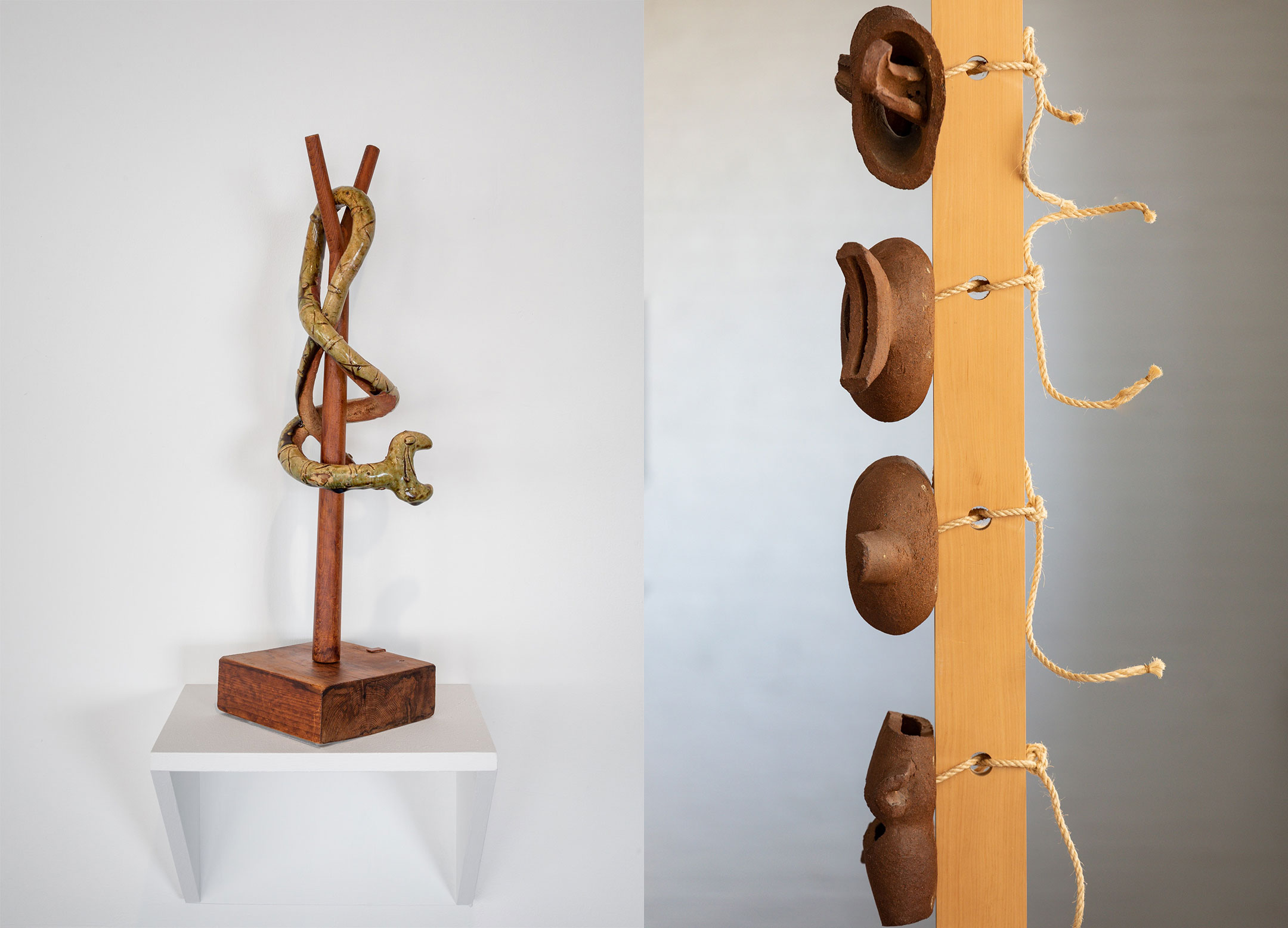
Along with the aforementioned sculptures and furniture pieces, some of the ‘bases’ that he designed for different lighting and sculptural elements are present in the exhibition. The artistic oeuvre of the legendary designer was also observed through multiple other elements and photographic evidence of his work, which are all on display in the exhibition.
Isamu Noguchi remains the greatest visionary of all time who not just observed the functionality of everyday objects but also uplifted the unimaginable and unseen to an unfathomable level. His work has been and will continue to be a constant source of artistic inspiration for designers worldwide.






 Sign in with email
Sign in with email


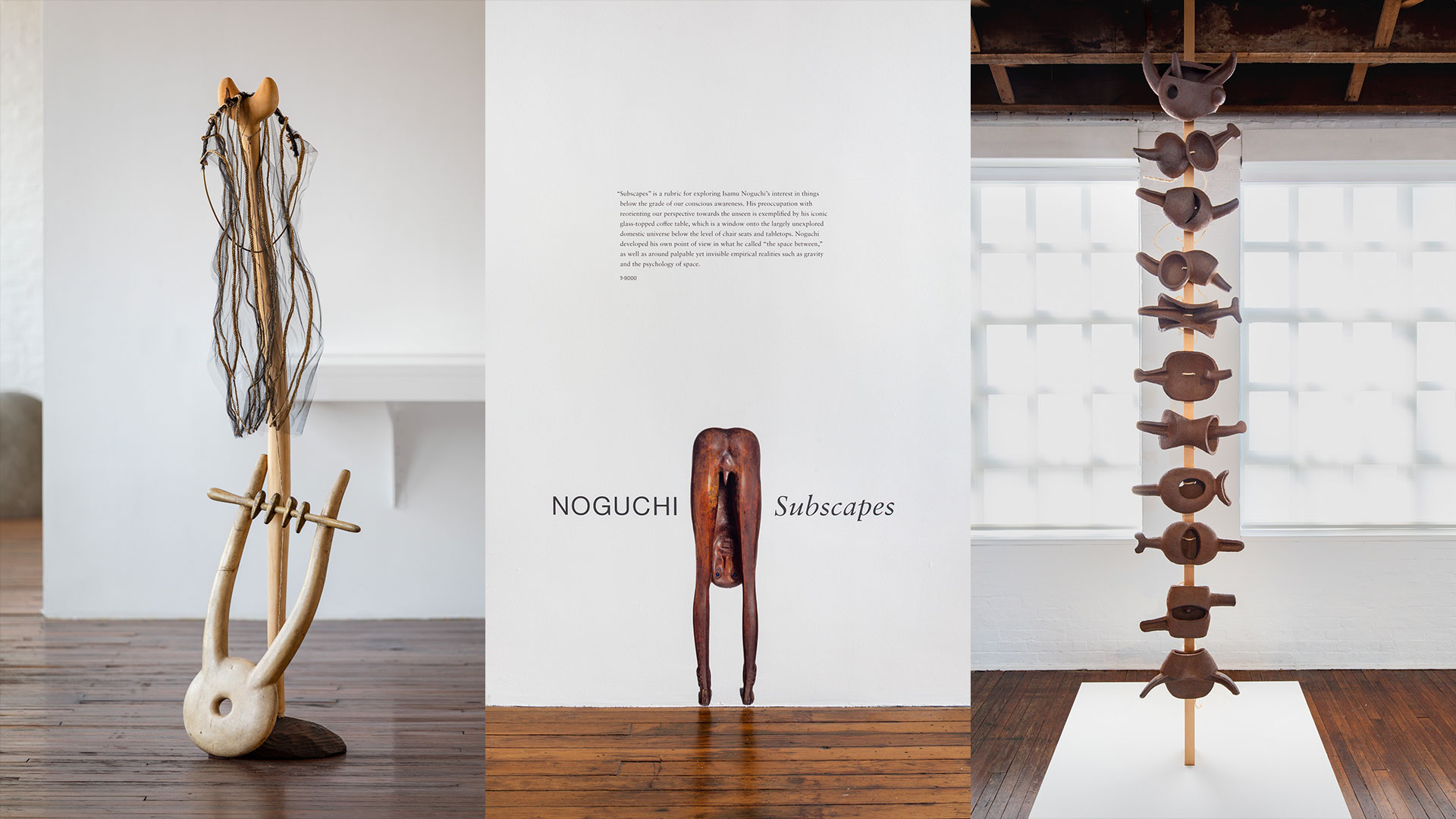
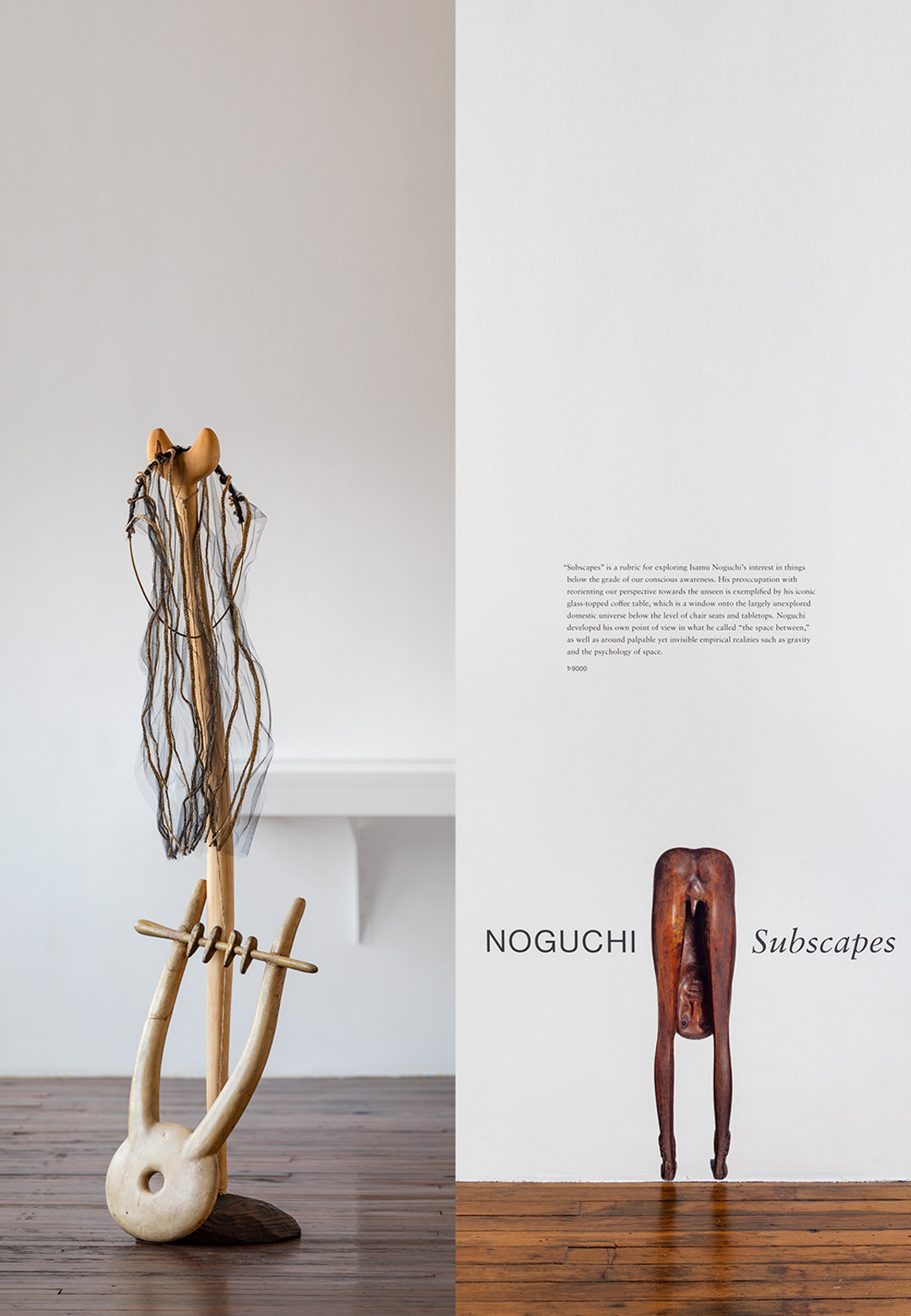






What do you think?